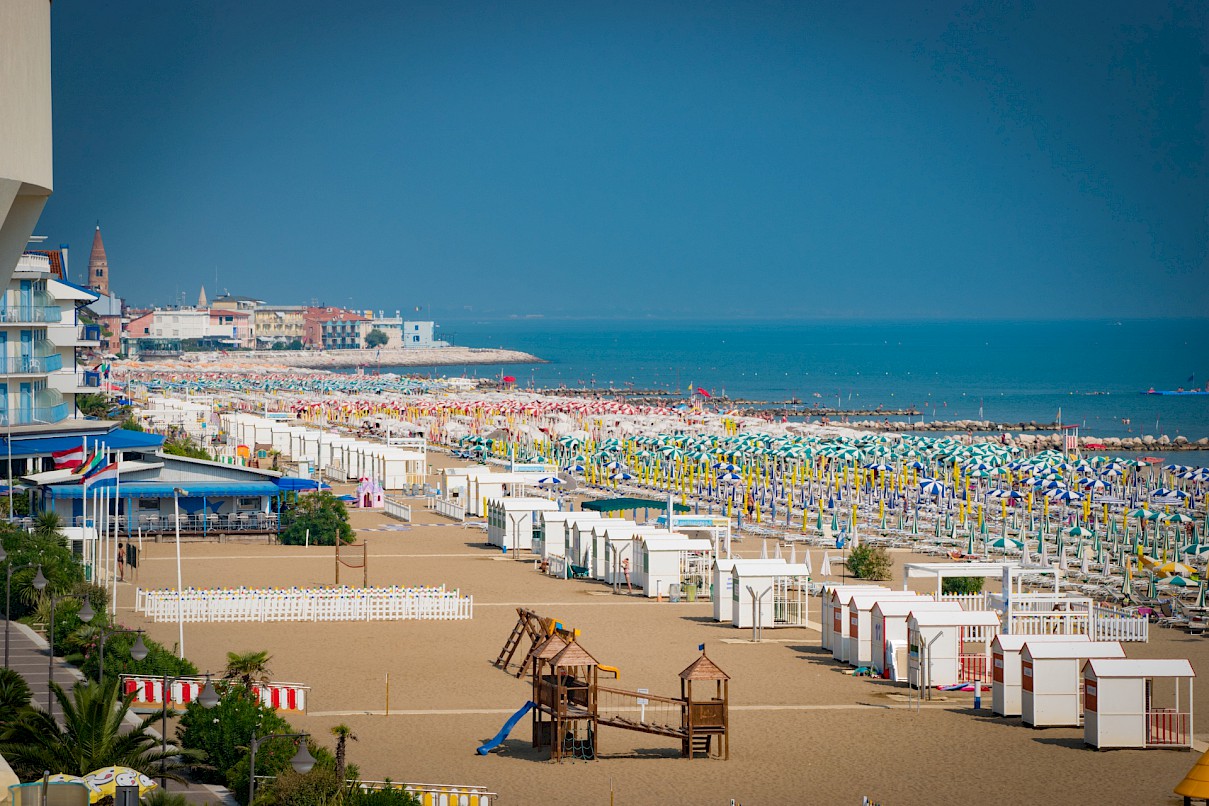

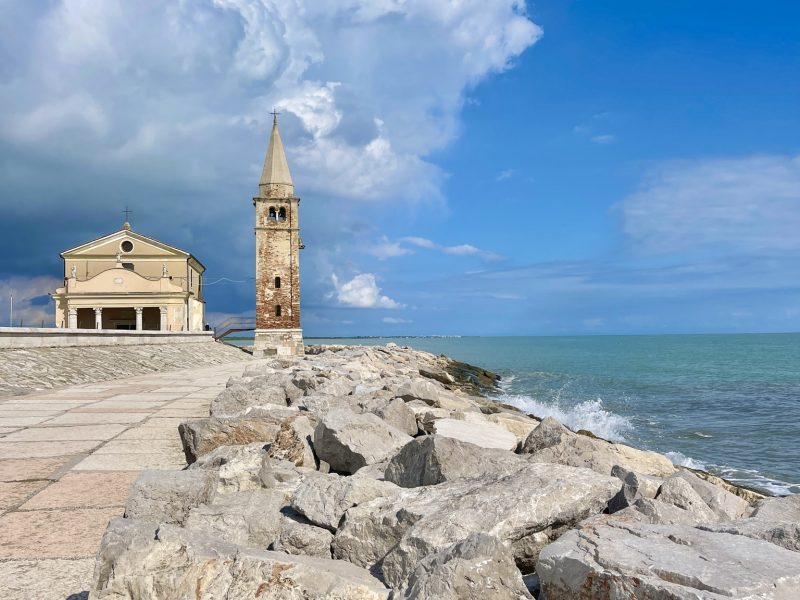
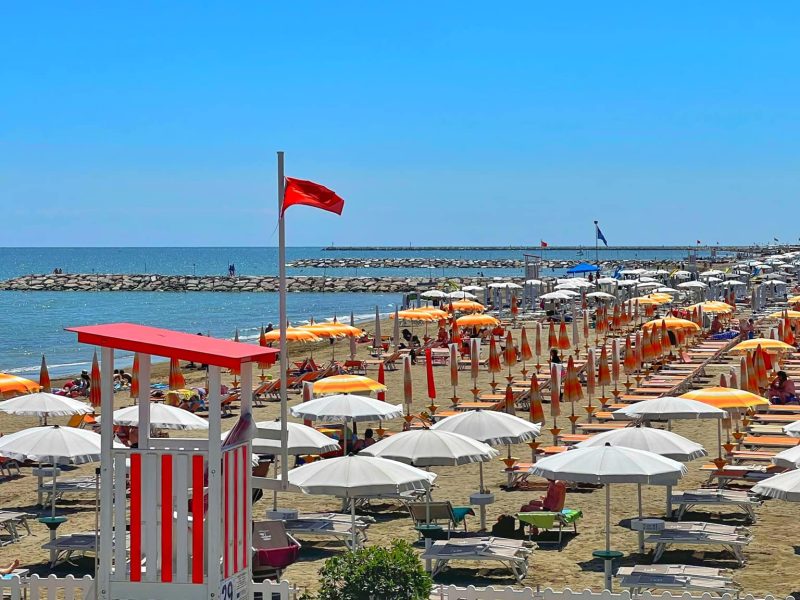

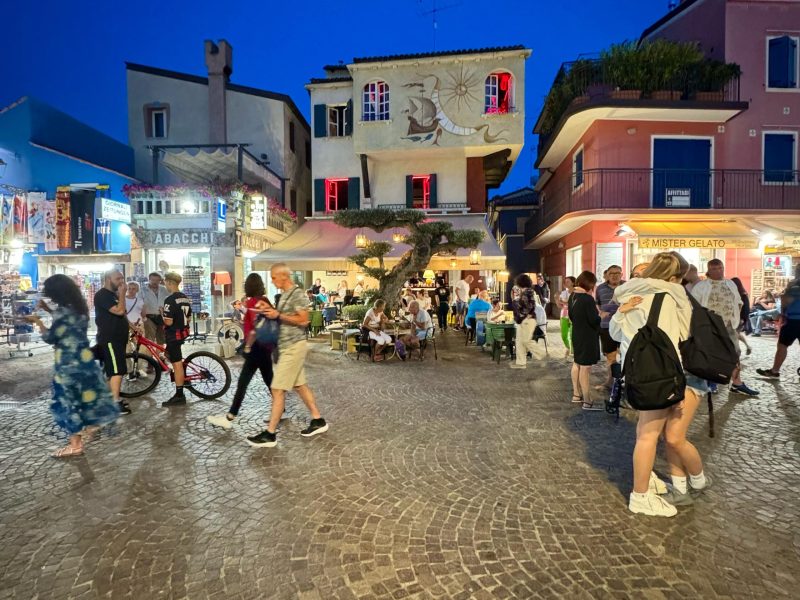

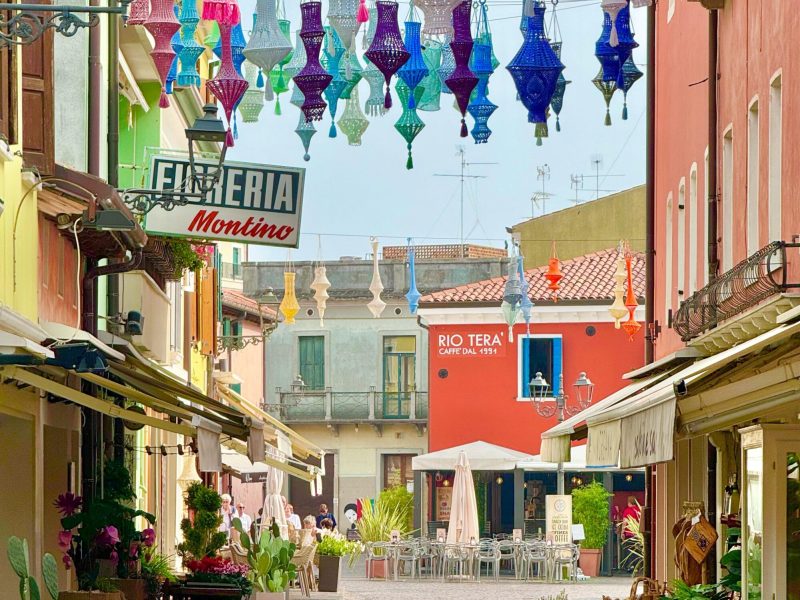
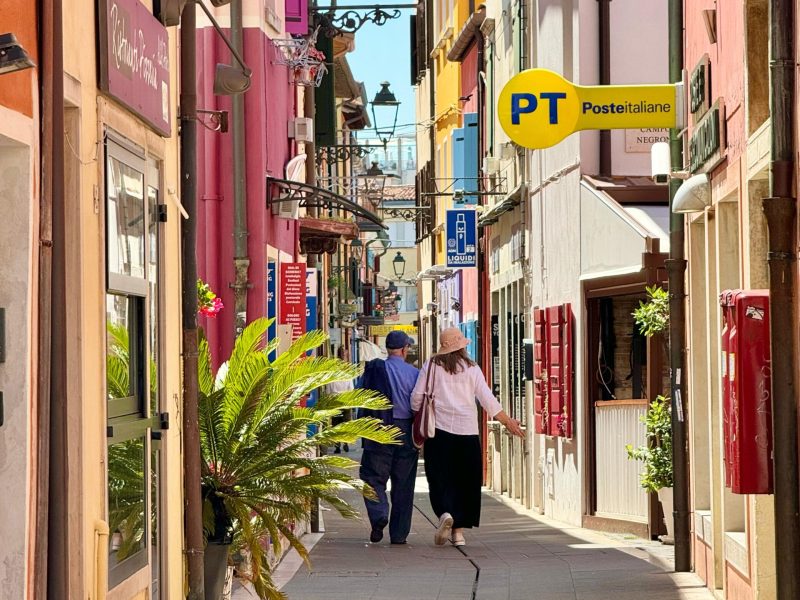
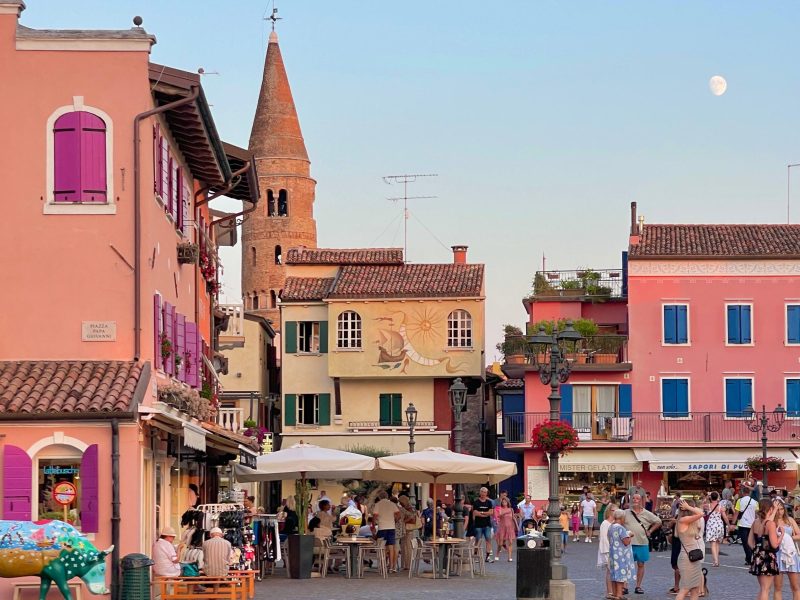
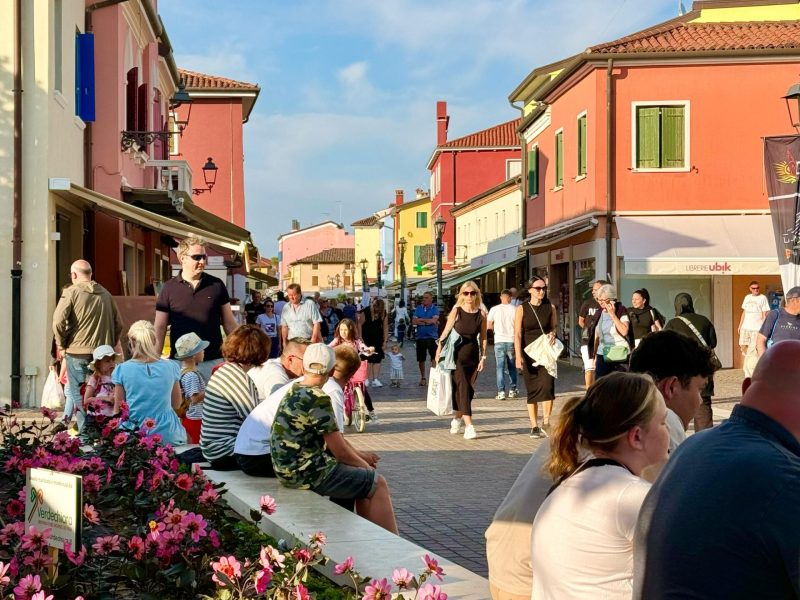
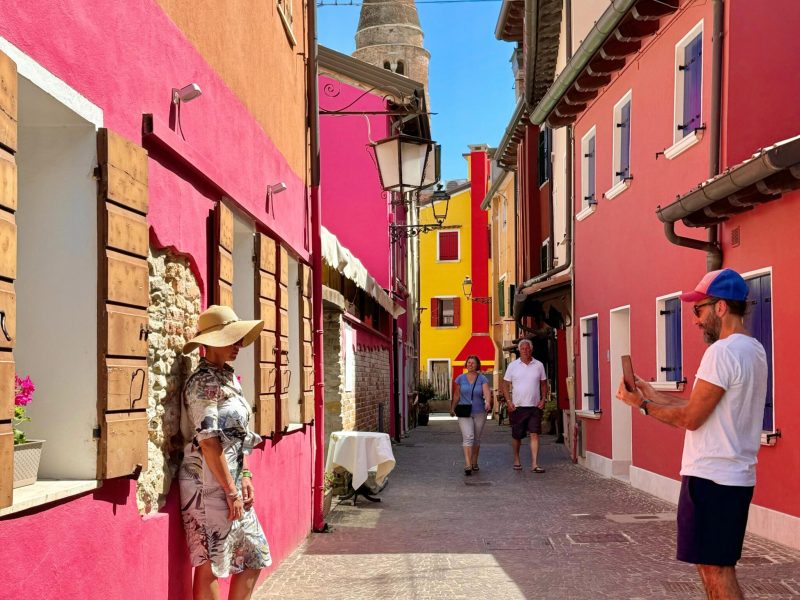

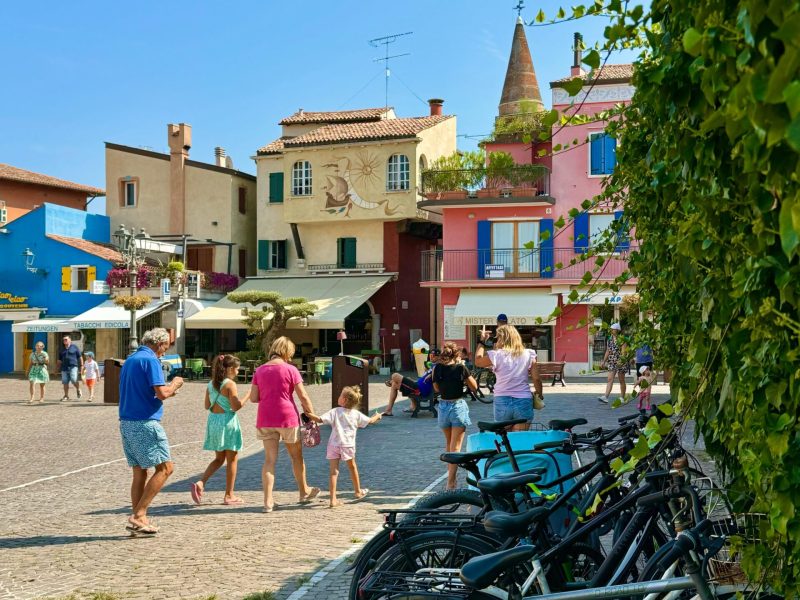
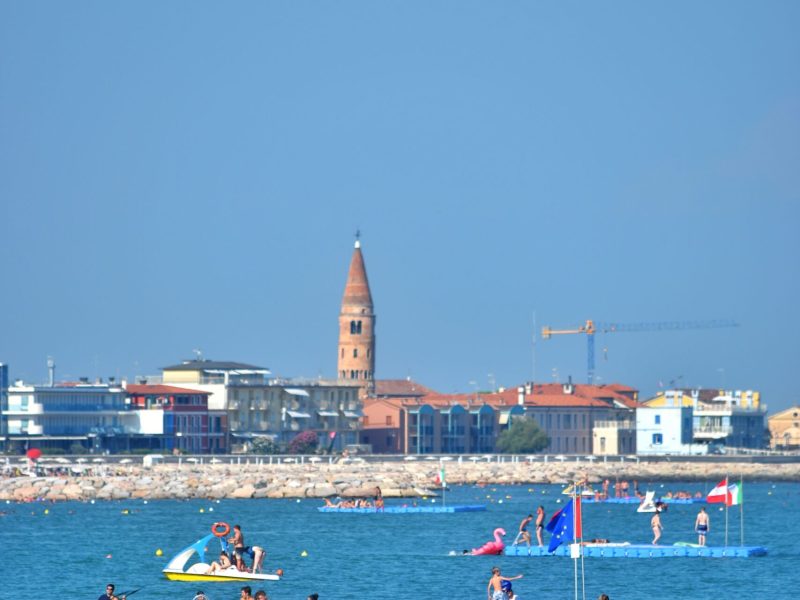

From Caorle you can easily reach the most beautiful places in Veneto and Friuli Venezia Giulia, go shopping and taste some excellent wines. Here are some of the excursions, the reception staff on your arrival will be happy to provide you with all the necessary information.
Reachable by car, about 70 km away, it will be possible to park your car in Venice in the multi-storey parking lot in Piazzale Roma and then continue on foot, or park in Mestre in San Giuliano Park and then take the bus to Piazzale Roma.
A pleasant alternative is to drive to Punta Sabbioni and then reach Venice by vaporetto also via the picturesque islands of Burano, Murano and Torcello, for a complete excursion of the wonders of the Venetian lagoon.
Reachable by car via the A4 highway, it is about 100 km. It will be possible to visit the famous castle of Miramare and Duino, as well as the sights of the city.
Friulian town rich in archaeological finds from Roman times, an open-air museum not to be missed by archaeology lovers. About 80 km away from Caorle and easily accessible by car.
About 25 km away from Caorle, a Roman city of ancient history, it will be possible to visit arecheological excavations that have unearthed sites dating back to Roman times and a museum (Museo Nazionale Concordiese, located in Portogruaro, a few kilometers from Concordia) that collects artifacts from Roman times.